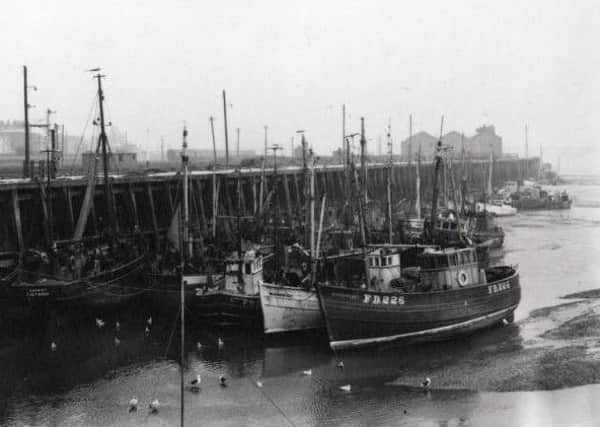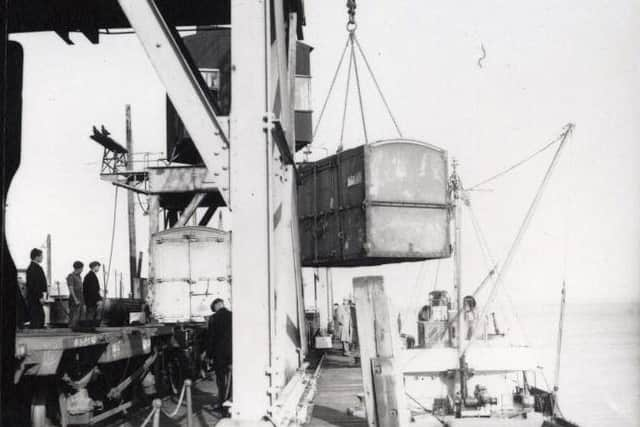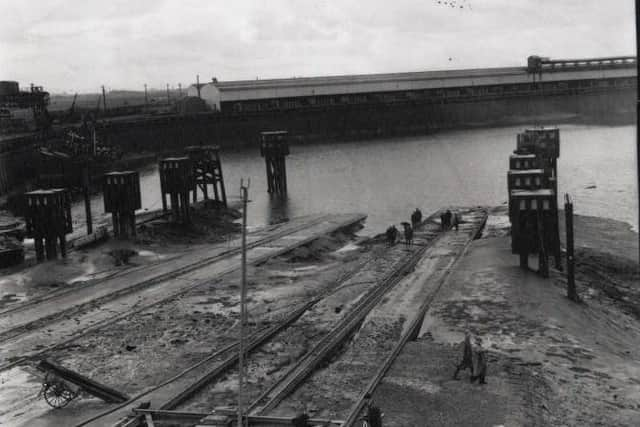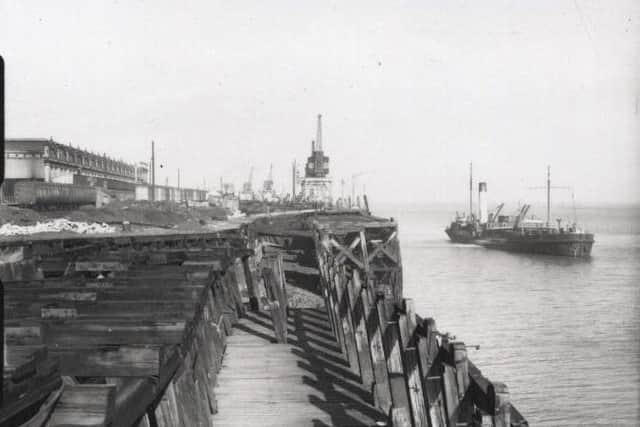Looking back at when the docks were a hive of activity


The undated photographs, thought to be from the 50s, show the bustling docks.
Fleetwood started to expand its port activities in the 1860s. The Fleetwood Docks Act of 1864 enabled the construction of a dock and embankment for both fishing and general cargo.
Advertisement
Hide AdAdvertisement
Hide AdSteamers were operating pleasure and commercial services to Belfast, Ardrossan and the Isle of Man.


The fishing industry was starting to grow, as vessels expanded their catchment area from the Irish Sea fishing grounds, to the haddock grounds of the North Atlantic Ocean. By the 1890s, the fishing industry was expanding rapidly.
Up until then, the fishing vessels out of Fleetwood were sail-powered fishing smacks, but 1891 saw the launch of the first steam-powered trawler, the Lark.
With the other major British fishing ports being on the east coast – Aberdeen, Grimsby and Hull – there was a competitive advantage for Fleetwood, being a west coast port with good rail links.
Advertisement
Hide AdAdvertisement
Hide AdBy the start of the 1900s, its position of one of the three major fishing ports in England was cemented.


In 1908, the docks were expanded, and the Fish Dock built.
The fishing industry was at its height by the 1920s, employing more than 9,000 people.
In the 1950s and 60s the town boasted about 120 trawlers.
But during the late 1960s to early 1970s, the industry declined. It was largely destroyed by the Cod Wars, a dispute over fishing rights between Iceland and the UK.


Due to the fact Fleetwood’s trawlers mainly finished the North Atlantic in search of cod, the loss of these fishing grounds really sounded the death knell for the port’s at one-time biggest industry. In 1982, the last deep sea trawler left the port.
Fleetwood Freeport and Marina, of course, now sits on the site of the old Wyre Dock.